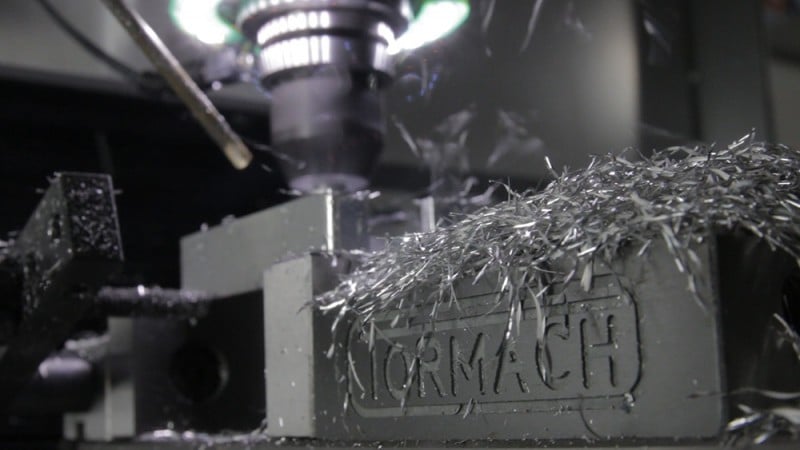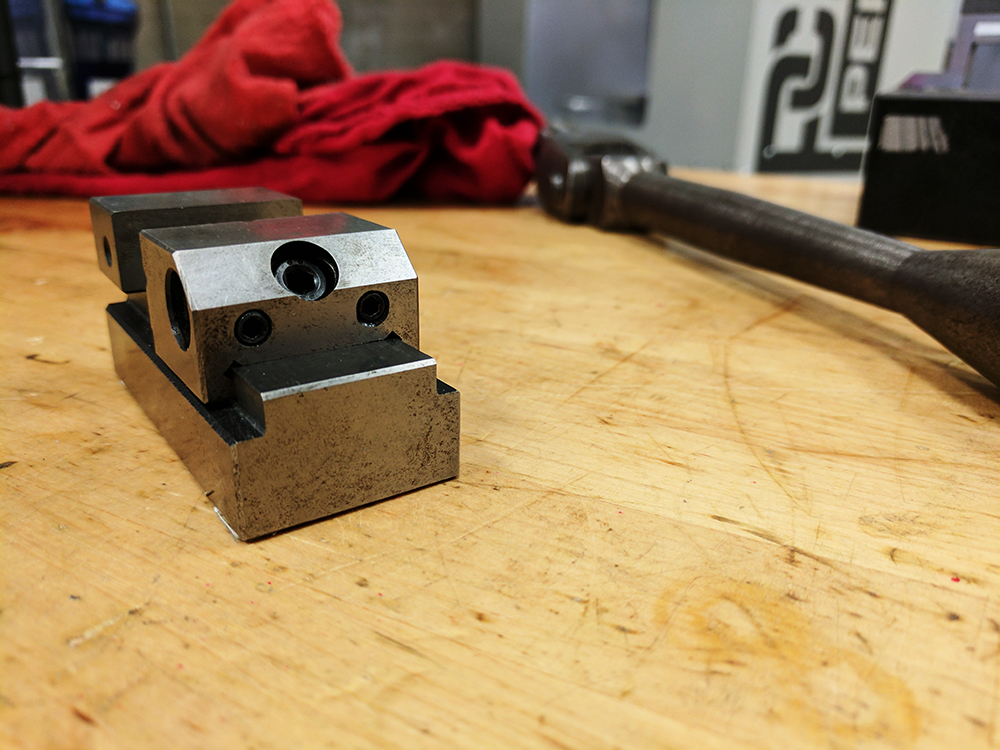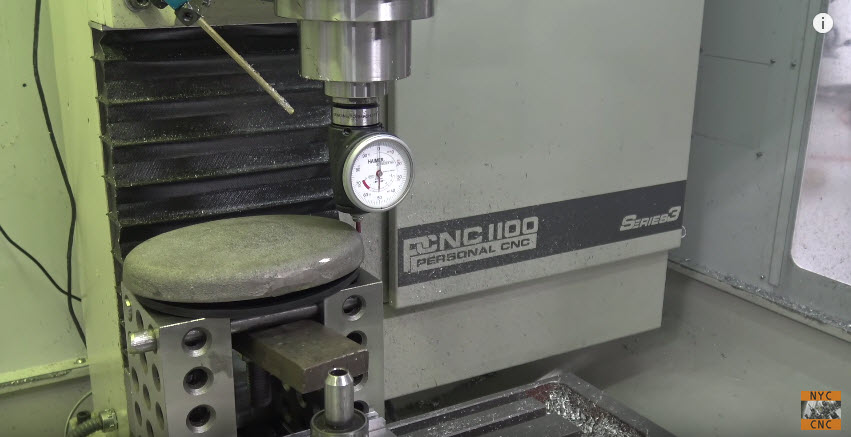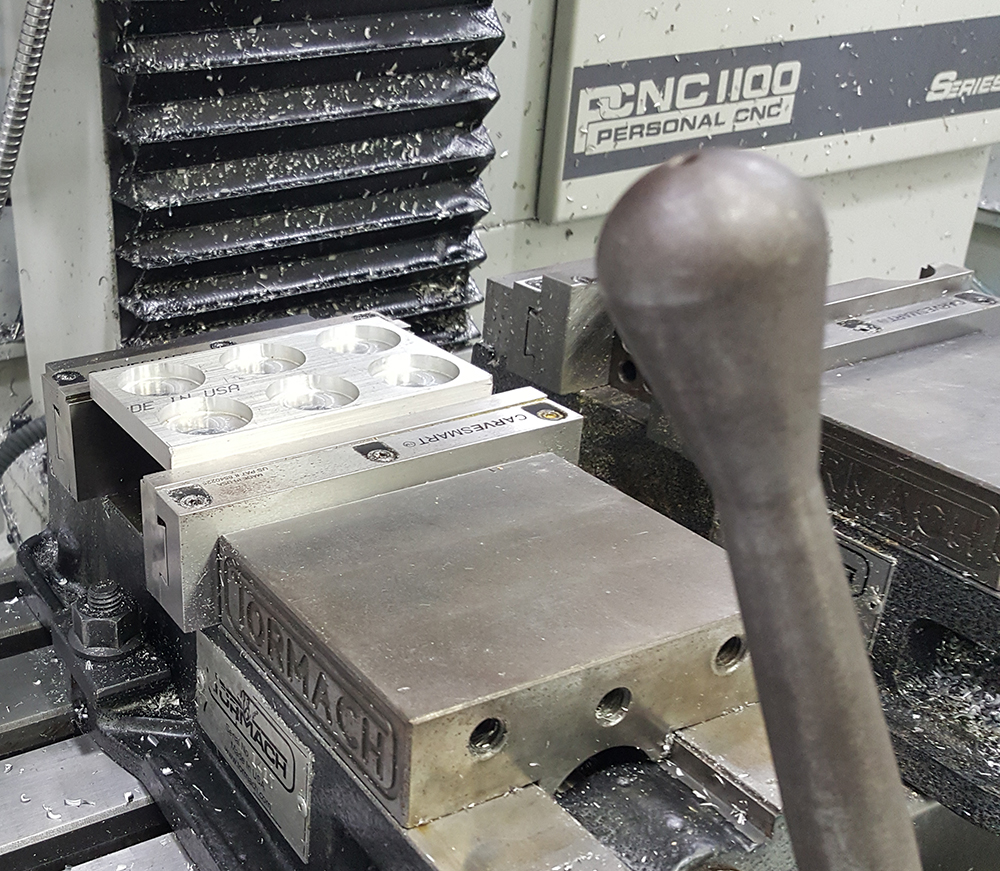Over the last decade, 3D printing has grown in popularity and decreased significantly in price. Even though 3D printing is a long way from bettering CNC machining in speed, materials, or reliability, additive manufacturing technology may have a place in everybody’s shop. If you have a mill, why do you need a 3D printer in your shop?







